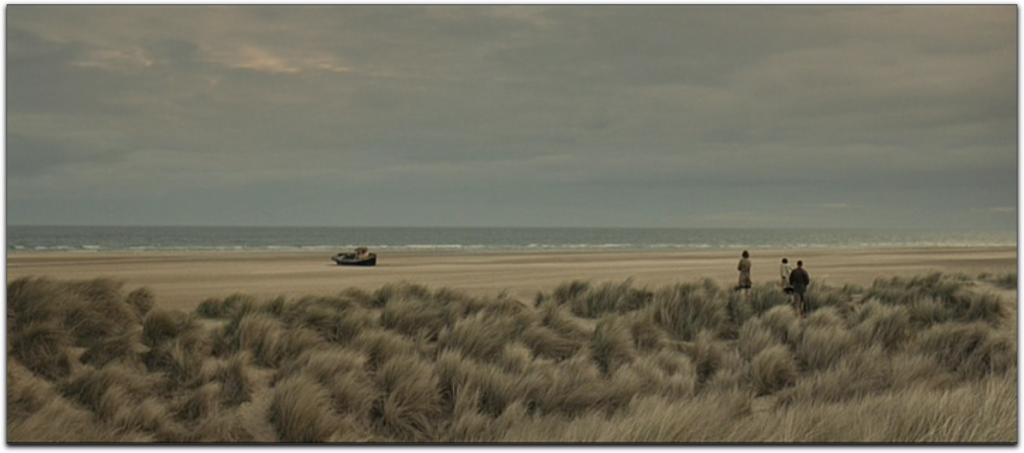It’s been 20 years since the publication of Never Let Me Go (Kazuo Ishiguro, 2005), a haunting novel built around a society that raises clones for compulsory organ donation, all in the name of the greater good. Often hailed as a modern classic, the story explores surface-level themes of love, friendship, and nostalgia, while slowly revealing a darker undercurrent of quiet horror.
At first glance, Hailsham—the school where the clones are raised—resembles a traditional English boarding school, an institution often criticised for being bastions of cultural conservatism. But Ishiguro subverts this image. Hailsham is, in fact, a progressive experiment: an attempt to “humanise” beings who are otherwise seen as organ farms. Its mission, paradoxically, is to prepare them for a doomed future with dignity and imagination, much like state schools try to give disadvantaged children a chance to rise.
Hypothetically, in a real-world context, clones might be allowed to live and work until their “completions” (the novel’s euphemism for death), and perhaps, over time, would be absorbed into society. But the novel presents a world that prefers to look away, to not confront the guilt of using sentient lives as tools for medical progress. Society is uncomfortable acknowledging their sacrifice, and Hailsham’s efforts to treat them kindly are seen as controversial—even threatening.
To me, the bleakest moment wasn’t just the reveal of their fate, but the realisation that kindness toward them was rare, even resented. It speaks to a broader human tendency: our fear of guilt, of admitting the moral cost of our advancements. Education in this context becomes not just a gift, but a weapon—proof of their capacity to feel, and therefore, their right to be seen as human.
The students are asked to prove their souls through art. Kathy’s dance with an imaginary baby, Ruth’s horse-riding game—these moments of imagination are their quiet rebellions, their attempts to grasp identity in a world that denies their personhood. The first half of the novel beautifully explores how they build these inner worlds despite their isolation.
As a medical student, I found this particularly affecting. With 350 million people living with rare diseases—many genetic—it’s clear how fragile life is, and how important empathy remains. Illness often isolates people, but it also creates deep connections. In this sense, Hailsham becomes a metaphor for both familiarity and denial, especially for characters like Ruth, who rejects it out of fear of stagnation.
Their suffering isn’t merely normalised—it’s softened through friendship. The washed-up boat they journey to see symbolises their own condition: marooned, forgotten, yet quietly beautiful. Their journey is one of seeking meaning, even when the world tells them there is none.
The novel also captures the fragility of relationships—how miscommunication, longing, or fear can pull people apart. Kathy’s narration, subdued and reflective, helps us rationalise these frictions, even as she withholds overt emotion. The structure of the novel—starting from the end, then moving backward—reinforces the inevitability of their fate. The “tape” she clings to symbolises nostalgia for fleeting moments that, in hindsight, become everything.
“The current’s too strong. They’ve got to let go, drift apart… It’s a shame, Kath, because we’ve loved each other all our lives.”
Since 2020, England has adopted an opt-out organ donation system. While practical and necessary, it raises ethical concerns—ones eerily echoed in Ishiguro’s novel. Cases like the Alder Hey scandal in 1999, where organs were taken from children without consent, reveal how public trust can be easily broken. As we move into a future of lab-grown organs and rapid medical progress, these ethical debates aren’t going away.
Never Let Me Go lingers not just because of its melancholic beauty, but because it forces us to face the uncomfortable truths we often ignore. Whether we see the clones as passive victims or quiet resisters, their story compels us to ask: what does it truly mean to be human—and what are we willing to sacrifice in the name of progress?


Leave a Reply